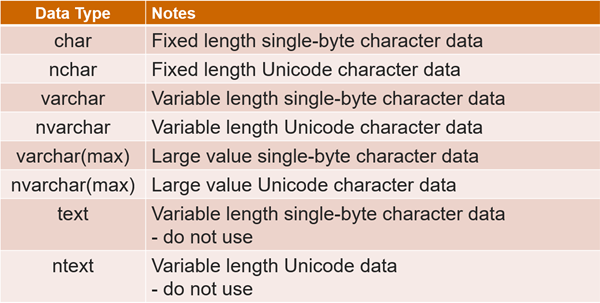SDU Tools: List user access to Reporting Services content items
Finishing up my recent theme of running queries against the SQL Server Reporting Services catalog. I often need to list which users have access to which items in the SSRS catalog.
So, in our free SDU Tools for developers and DBAs, we added a procedure that does just that. It’s called RSListUserAccessToContent.
It takes two optional parameters:
@RSDatabaseName sysname - the name of your SSRS database
@IsOrderedByUserName bit - should the output be ordered by user name?
2019-10-30


